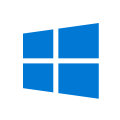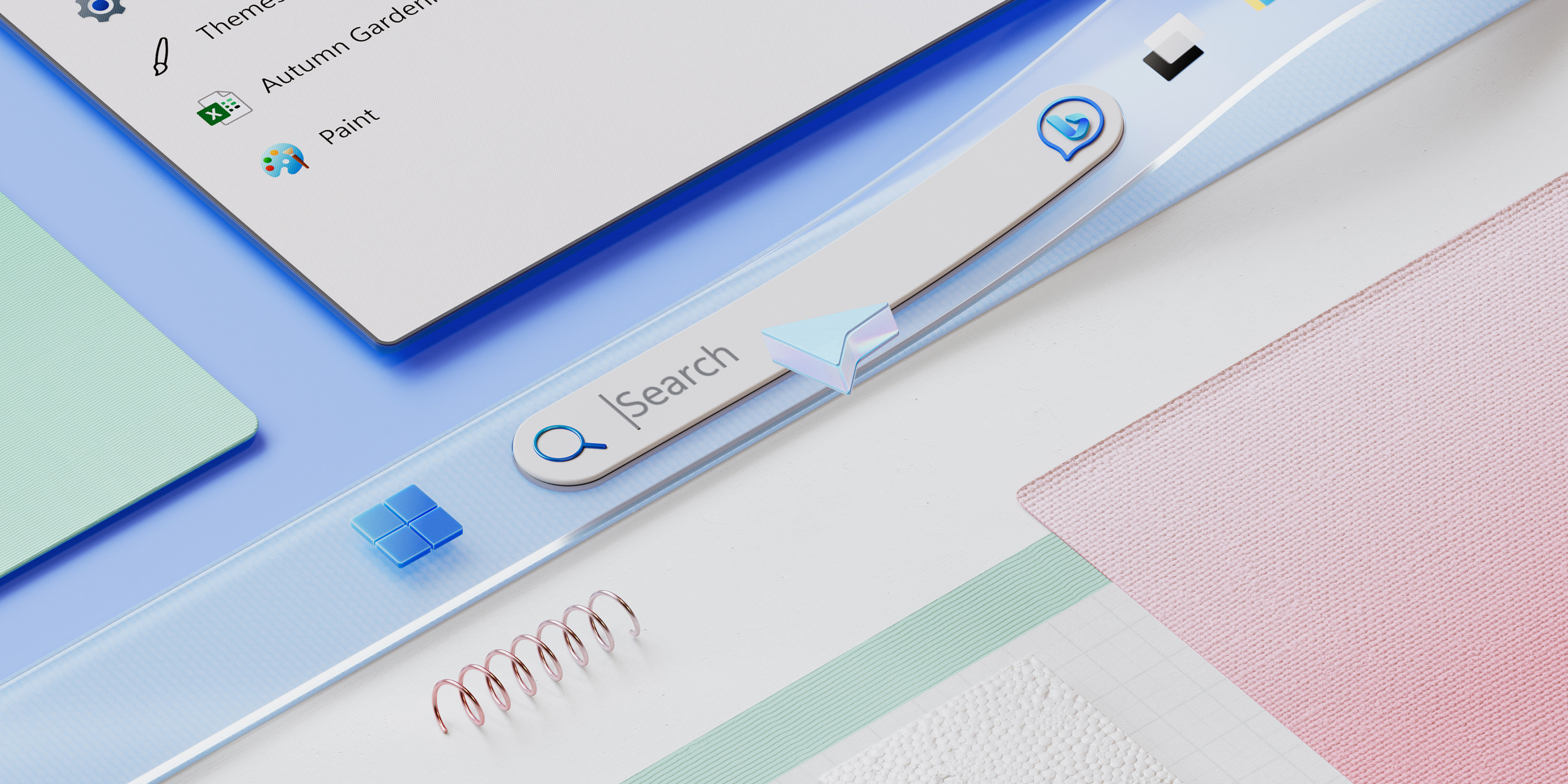Every operating system has a set support period. This is because of ever-evolving technology and environmental changes that make it impossible to guarantee its performance.
However, with regard to Microsoft’s Windows and Apple’s MacOS, some models are declared upgradeable and others are not. In other words, a device that has been carefully used is not allowed to upgrade its OS and is labeled as having a security problem. Naturally, the manufacturers must have made their decision after careful consideration (I would like to believe that they did), but with Windows 11, even models that are still usable are being cut off. It is not hard to understand that this is to raise the level of security, or to achieve a better experience, or of course to detonate the economy with this switching cost.

Some people are always up-to-date and may not be able to respond to the manufacturer’s wishes. The sales pitch may be “please go ahead and use another company,” but there are times when certain software must be on that OS.
If this is the case, we need to seriously consider rethinking our operational methods. Move to SaaS so that you are not dependent on a specific OS. This is also a good thing for free services, such as services that suddenly start charging for their services, which is still a good thing, but it is also possible to suddenly lose the service.
What should we do if we are abandoned by the OS and betrayed by SaaS?
What if we stop “choosing”?
If you are using Windows 10, and you are told, “We’re not going to give you 11 on your model,” you can get a Macbook or something with MacOS. Since this MacOS will eventually become unsupported, Linux, which runs on older models, will be installed on the model with Windows installed, which will no longer be supported. At the very least, two different operating systems would be manageable.




What about software? When creating documents with word processing software, “install” and use Microsoft’s Word, and also the other open source software, LibreOffice Writer, which you can also install. Both can handle the same formatting. In addition, SaaS covers Google Docs and Microsoft Office365. It would be good if you can complete the task of creating documents, which is the “original purpose” of the software, in any software and in any environment, without being tied down by any one software.
Next, where should the produced files be stored? If you are an individual, it would be in your computer and backed up on a NAS or other storage device. In addition, you can sync them with the cloud so you can continue working on them even if you don’t have your own device. Syncing multiple of these cloud services also avoids the possibility of one service going down and being inaccessible. Of course, you may have to pay for the capacity or service, or it may be expensive. These days, you also need to be very careful about security.
When I think about what would be the biggest problem for me when I work, I think it is not being able to work.
I think you need to have a minimum “Plan B” to prevent that work from stopping.



コメント